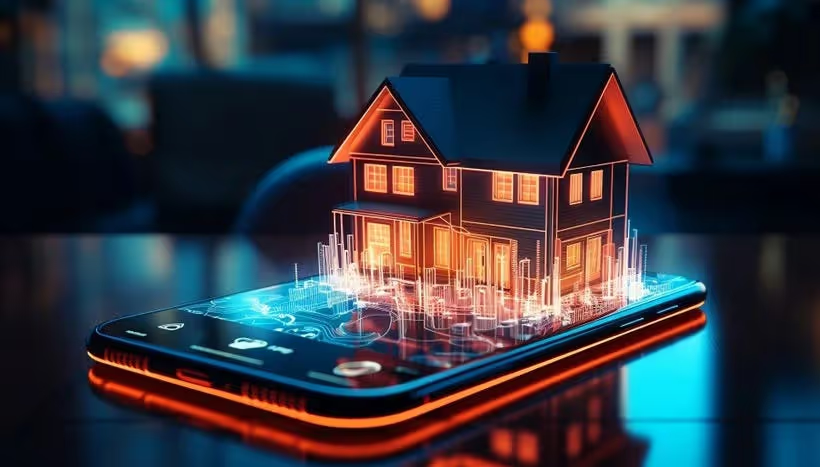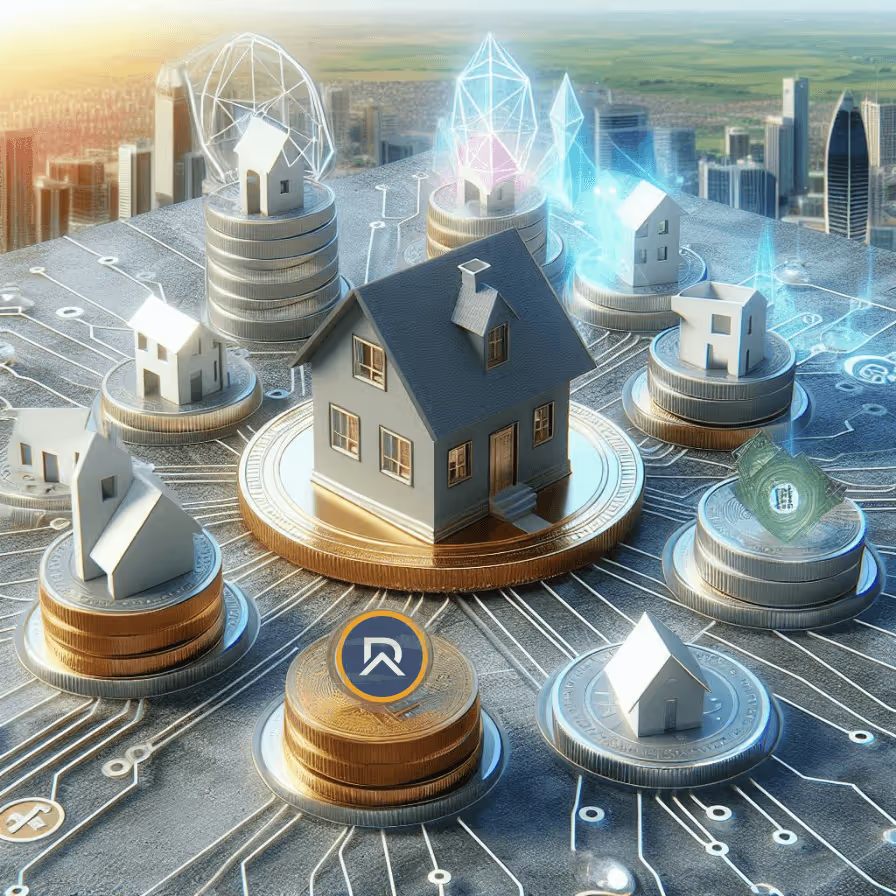Real-World Asset Tokenization (RWA) and Initial Coin Offerings (ICOs). Both take advantage of blockchain technology to leverage their business model, but they differ in major ways.
As we have already incorporated on several occasions, we repeat that The Real World Assets (RWA) o Real-World Assets refer to cryptoassets that represent physical or tangible real-world assets on a blockchain, known as a blockchain. These assets can include real estate, vehicles, works of art, products such as gold or oil, or even intellectual property rights, treasury bonds and money market funds. When digitally represented, they can be bought, sold, or exchanged efficiently on digital platforms.
On the other hand Initial Coin Offering (ICO) a token that represents the project and its potential is offered, in exchange for capital that a third party invests. What is expected of the token is the revaluation, offering great returns to investors. It is a fund-raising tool for projects with great potential. Here are 2 success stories, in 2014 Ethereum launched its ICO, ETH, raising $15.5 million by selling 50 million tokens at $0.311 each. At the end of 2021, Ethereum reached its all-time high, exceeding $4.6oo. Another case is that of IOTA, the Internet of Things. Its objective is to serve an extremely new market, with a clear vision of the future. The ICO was launched in 2015, generating one of the best ROIs in history.
In both cases, resources are raised to grow, but each one has major differences, for example:
- Regulatory Oversight:
- La RWA tokenization is subject to strict regulations to protect investors, similar to the regulation of stocks and bonds.
- Las ICO are generally less regulated, which may entail greater risks for investors.
- Underlying Asset:
- Los tokenized assets represent ownership or rights to real assets such as real estate, raw materials and company shares.
- Las ICO they typically offer utility tokens, which provide access to specific services or platforms without the backing of tangible assets.
- Place of Negotiation:
- Los tokenized assets can be listed on regulated stock exchanges.
- The tokens of ICO are usually traded on centralized (CEX) or decentralized (DEX) cryptocurrency exchanges, which are often not regulated.
- Investment Risks:
- In the case of a Token RWA the risk of that underlying asset that it represents is associated with.
- In the token ICO The risk lies in investing at an early stage of the project, if it will really make it useful, if it will comply with its roadmap and whitepaper
Tokenization offers a safer and more regulated path, backed by real-world assets. On the other hand, ICOs provide a faster and less regulated option, ideal for innovative blockchain projects, albeit with greater risk.
Benefits of Asset Tokenization
RWA tokens provide a more efficient, accessible and secure way to manage investments, offering ease of investment, liquidity and transparency, all without the need for traditional intermediaries. Here's a little more detail:
- Better Liquidity: Converting real assets into digital tokens makes them easier to trade and simplifies exchange in secondary markets, increasing their liquidity.
- Fractionation: Assets can be divided into smaller units, reducing the entry barrier for investors and allowing for more accessible and diversified investments.
- Transparency and traceability: Tokenization makes it possible to execute and automate a multitude of functions, providing a transparent and immutable record of all transactions, increasing trust and security.
- Expanding the market reach: Tokenization breaks geographical barriers, allowing greater investor participation in previously inaccessible markets, improving liquidity and market dynamics.
- Transaction efficiency: Reduces the need for intermediaries such as banks, notaries or agents, reducing management costs and times.
- Profitability and adaptability: It allows you to add different DeFi-based services, creating more powerful financial products and solutions, disturbing the financial product. Thanks to tokenization and DeFi, we can increase the return on a real estate asset to double or triple its natural return.
- Flexibility in investment structures: Especially in the real estate sector, it allows fractional ownership and customizable exit strategies.
In short, the advantages of tokenization go beyond providing liquidity and greater accessibility, if you apply all the revolution that this product has, you can turn this simple investment product into a more profitable, efficient and secure product thanks to the addition of DeFi that activates and reveals potential yet to be discovered.
Featured RWA Tokenization Projects
Real-world asset tokenization projects are booming, encompassing sectors as diverse as real estate, art and finance. Some of the most notable ones are:
- MakerDAO and Centrifuge: Partners to allow the use of real-world assets as collateral in cryptocurrency loans, making it easier to obtain funding with non-traditional assets.
- Reental: It allows investors to access real estate projects, through tokens, offering returns based on rental income and property appreciation.
- Tinlake: Platform that facilitates decentralized financing using real-world assets as collateral, connecting investors and borrowers directly and securely.
- Harbor: Offers tokenization services for high-value assets, such as real estate, investments in private companies and investment funds, managing the compliance and legality of tokenized assets.
These projects illustrate how RWAs are integrating into the cryptocurrency economy, providing accessibility, transparency, and an overall improvement in market dynamics.
Articles of Interest:










.avif)



